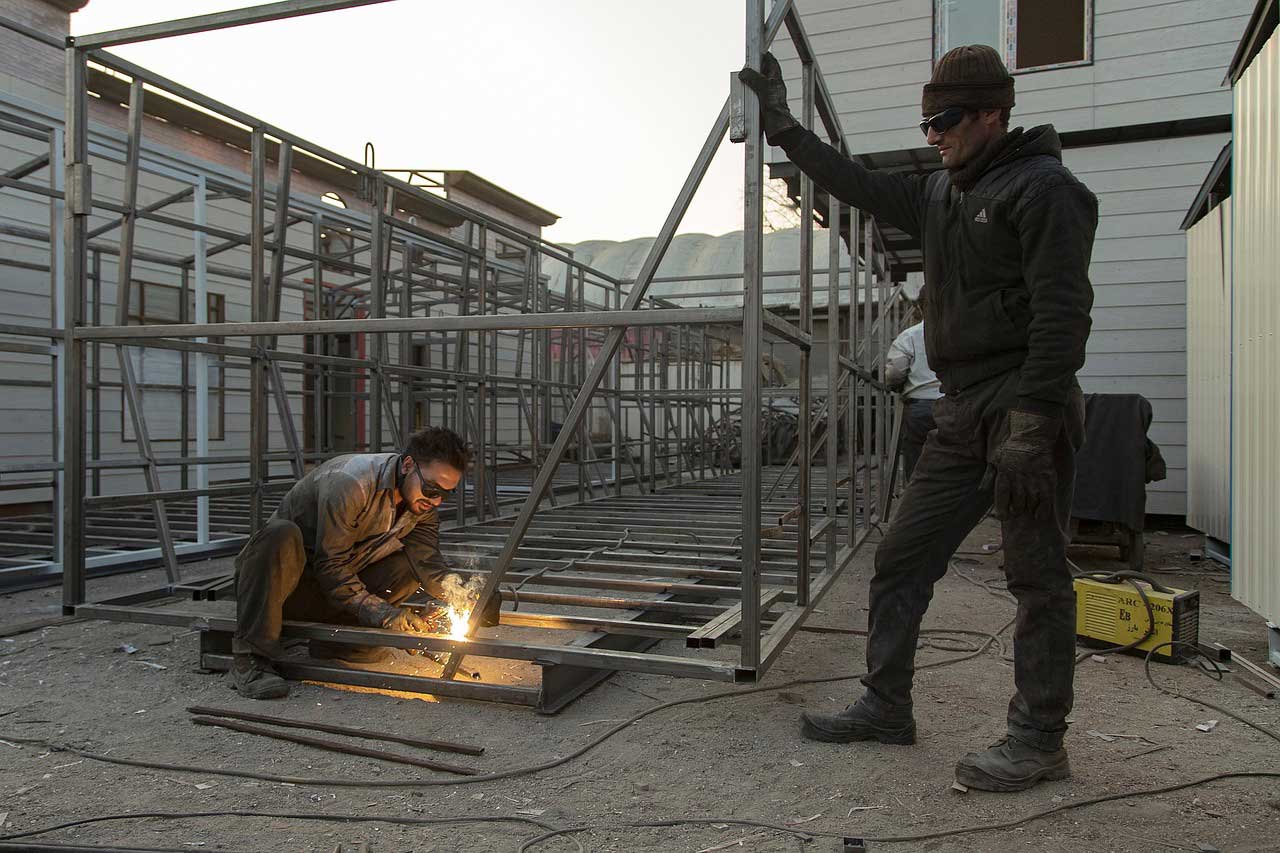Mergers and Technology Risks to Revenue
"Mergers and Acquisitions Will Eliminate the Need for Your Cell Site"

While it is true that some landlords have received termination notices following mergers and acquisitions, it is important not to make business decisions based solely on general fears of site shutdowns. Indeed, one of the main drivers behind corporate mergers is to increase efficiency and reduce operating costs, which can sometimes lead to site consolidation.
However, the reality is that, among the hundreds of thousands of cell sites currently operating in the U.S., only about 6,500 are deactivated each year—a deactivation rate of roughly 2%, according to FCC and industry reports over the past decade. In cases where a site becomes redundant due to a merger, the carrier would simply exercise its termination rights under the lease agreement by providing written notice—typically with a 30-day advance period. They would not engage contractors to renegotiate lease terms for a site they no longer intend to keep.
It’s important to consider: would reducing rent solve an RF (radio frequency) network duplication problem? Absolutely not. In our 25 years of wireless industry experience in RF design and network development, rental rates have never influenced decisions about keeping or removing a site. Those decisions are made strictly by RF engineers based on network performance requirements—not by leasing or accounting departments, which are not held responsible for dropped calls, poor voice quality, or slow data speeds.
Thus, if your site truly were redundant, no amount of rent reduction would prevent its decommissioning. Rent rates and network engineering decisions are entirely separate matters.
If someone contacts you saying, “Sell your lease because your site will soon be terminated,” or “Lower your rent or lose your site,” the best course of action is to hang up. Such callers are either misinformed or intentionally misleading—and neither is someone you should trust with your lease negotiations.
"Technological Advances Will Eliminate the Need for Your Cell Site"

This statement holds some truth, but only in very specific circumstances, limited geographies, and over long timelines. Over the past decade, various self-proclaimed experts have repeatedly claimed that technological innovation would eliminate the need for traditional cell towers. More recently, some have cited advancements like Qualcomm’s latest chipset technologies to support this argument, often overstating their near-term impact.
It is true that companies like Qualcomm are developing technologies that allow one mobile device to relay voice and data signals for others, extending connectivity at the outer edges of coverage areas. However, these “device-to-device” relay systems come with major challenges, including significant battery consumption, privacy concerns, RF safety issues, and technical reliability hurdles. As a result, widespread industry adoption and measurable impact are still years away.
Even if such technologies were perfected, they could never fully replace the physical infrastructure of cell towers. Consider the massive amount of power, cooling, and equipment packed into every functioning cell site—an infrastructure far beyond what a single mobile device, which already struggles to hold a full-day charge, could ever replicate.
In short: while technology will continue to evolve and enhance wireless networks, cell towers remain—and will remain—a fundamental and irreplaceable part of wireless infrastructure for the foreseeable future.
"Satellites Will Eliminate the Need for Ground-Based Towers"
This claim is largely unfounded. While satellite technology plays an important role in global communications, it is not a practical or scalable replacement for terrestrial cell towers. Satellites operate using solar power, which has inherent limitations in both collection and battery storage. Even if energy storage challenges were solved, the economics of replacing cell towers with satellites are simply unfeasible—a single satellite launch costs upwards of $5 million, and replicating the coverage of approximately 312,000 existing U.S. cell towers would require a comparable number of satellites.
Additionally, technical barriers remain significant. High-frequency signals face severe path loss when transmitted to and from space, rendering reliable two-way communication difficult beyond certain distances. Moreover, consumer-grade frequencies differ from those used in space communications, such as the specialized Unified S-Band frequencies used by NASA, which are unavailable to public carriers. Latency is also a serious concern—signals traveling to space and back introduce audio delays of roughly 250 milliseconds, creating a frustrating user experience compared to ground-based towers located just miles away.
From an operational standpoint, maintaining satellite infrastructure is exponentially more complex. Wireless carriers already face logistical and financial constraints maintaining ground-based towers; servicing equipment in orbit is currently beyond commercial feasibility. Simply put, while satellite connectivity has niche applications, replacing terrestrial cell towers en masse is not technologically or economically viable.
"Your Site Is Too Expensive—We’ll Move the Tower"
This concern is only valid in rare scenarios, typically involving tower companies consolidating infrastructure from multiple carriers within the same general area. However, based on our extensive experience designing, deploying, and managing thousands of cell sites nationwide, we can confidently say that we have never seen a site decommissioned purely due to rent costs.
The economics don’t support it. If a carrier must spend $500,000 or more in capital costs to construct a replacement site to save $100 per month in rent, the return on investment simply does not justify the expense. Such a proposal would likely be denied—and possibly jeopardize the recommending engineer’s position. In the industry, decisions like this are considered a “Career Limiting Move” (CLM).
RF engineers, who oversee network performance, are not evaluated based on rental costs. Their performance metrics focus on dropped call rates, call quality, data throughput, and network congestion. Once a site is live, its operating costs—including rent—are baked into future budgets. While corporate finance may push for nationwide cost reductions, they do so through third-party lease optimization firms such as MD7 and Blackdot. These firms are incentivized to negotiate lower rents on behalf of carriers and are often compensated through commissions.
If someone contacts you with a threat that your site will be terminated unless you agree to lower the rent, they are either misinformed or misleading you. In such cases, it’s best to disengage and consult professionals who understand both the financial and technical dimensions of the wireless industry.
Termination Notices of Cell Site Leases: Protecting Your Rights

Improperly Terminated Site Left Behind For Landlord
When a wireless carrier terminates a lease, landlords must act promptly to enforce their contractual rights. There is a proper legal and operational process for lease termination, and failure to follow it can leave property owners with financial liability or abandoned equipment on their land.
Unfortunately, we have seen many landlords overlook this process, often resulting in significant complications and lost compensation. Even if your lease is ending, it’s critical to have an exit strategy that ensures you are properly protected and fairly compensated.
We offer a no-obligation consultation to evaluate your lease and termination scenario. If we determine there’s financial value to be recovered, we’ll work with you to secure it—and we don’t charge anything unless we add measurable value to your outcome.
If you’ve received a termination notice—or suspect one may be forthcoming—don’t wait. Contact us today to discuss your situation and safeguard your rights.

